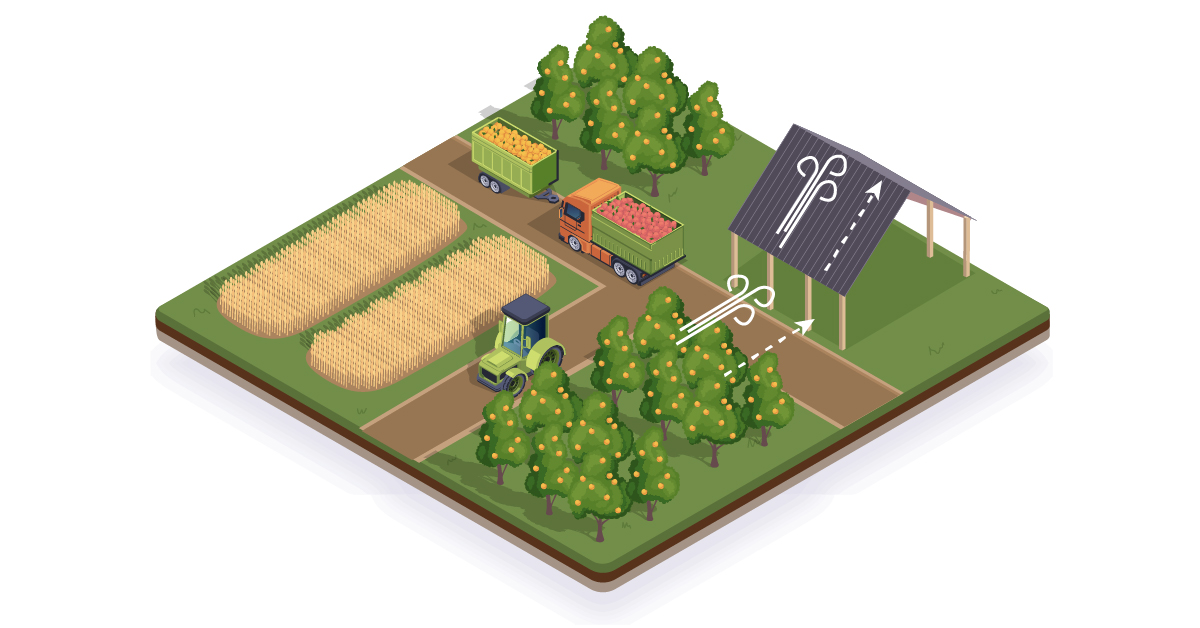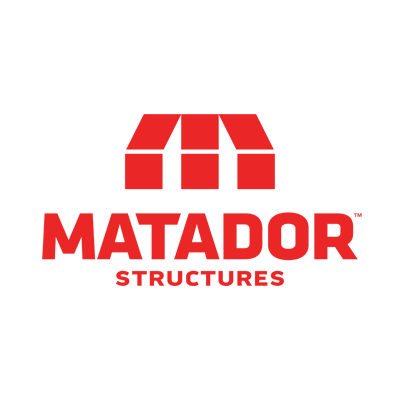Understanding Pole Barn Wind Ratings
February 11, 2025

What Are Wind Ratings and Why Do They Matter?
Wind ratings measure the ability of a structure to withstand wind pressures and gusts. This rating is vital for areas prone to hurricanes, tornadoes, or intense storms. A wind rating indicates the maximum wind speed a building can endure without sustaining significant damage. For example, a wind rating of 145 mph means the building is engineered to resist sustained winds and gusts up to that speed. Structures can suffer from roof detachments, collapses, or structural instability without adequate wind resistance, leading to property damage and even loss of life. Investing in a pole barn with a high wind rating ensures the safety of your assets and reduces the likelihood of costly repairs or replacements.How Wind Ratings Affect the Structural Integrity of Pole Barns
Wind ratings directly influence the design and construction of pole barns. High wind ratings ensure the structure can resist uplift forces, lateral pressures, and dynamic gusts. During storms, buildings with low wind ratings are more prone to structural failure, including buckling frames, walls and detached roofs. Selecting a pole barn with a high wind rating safeguards the building’s integrity and ensures long-term performance.Design Considerations for Wind Load Calculations
Proper wind load calculations take into account several factors, such as: Geographic Location: Coastal areas and tornado-prone regions often require higher wind resistance due to frequent high-speed gusts. Building Size and Shape: Larger buildings with more surface area are exposed to greater wind pressures. Orientation: A barn's direction can affect its ability to withstand lateral wind forces. Our engineering team carefully considers these factors to deliver pole barns designed for optimal wind resistance.Materials and Construction Techniques That Contribute to Wind Resistance
Matador pole barns incorporate high-quality materials and advanced construction techniques to achieve superior wind ratings: 26-Gauge PBR Roof Panels: These panels create full metal-to-metal contact, ensuring strong connections that minimize detachment risks. Steel Purlins: Unlike wood, steel purlins provide enhanced durability and resistance to wind pressures. Pressure-Treated Wood Posts: Matador’s 8” x 8” or 10” x 10” posts are buried three feet deep and anchored with 320 pounds of concrete, ensuring stability. Angle Iron Trusses: These trusses are designed to handle high stress and add structural strength to the entire framework.Role of Roof and Wall Bracing in Wind Rating Determination
Bracing systems are critical in determining a pole barn’s wind resistance. Properly installed roof and wall braces:- Distribute wind loads evenly across the structure.
- Prevent localized stress points from leading to structural failure.
- Enhance overall stability during storms.
Why Wind Resistance Matters for Agricultural Applications
Protecting valuable assets such as equipment, crops, and livestock is paramount for agricultural operations. Metal pole barns with high wind ratings offer several benefits that make them ideal for agricultural storage:- Enhanced Protection from Weather Elements
High wind ratings ensure that your barn can withstand the force of storms, protecting its contents from wind damage, flying debris, and water intrusion. This reliability is critical for safeguarding expensive equipment, hay, and other assets from costly damage.
- Durability Equals Long-Term Savings
A well-constructed pole barn with a high wind rating minimizes maintenance and repair costs over its lifetime. By resisting wind damage, the barn maintains its integrity and usability for decades, reducing the need for frequent replacements.
- Versatile Agricultural Applications
Whether using your pole barn for equipment storage, livestock housing, or as a workshop, wind resistance ensures uninterrupted functionality. Even during storms, your barn will continue to provide the shelter and protection you need to maintain operations.











